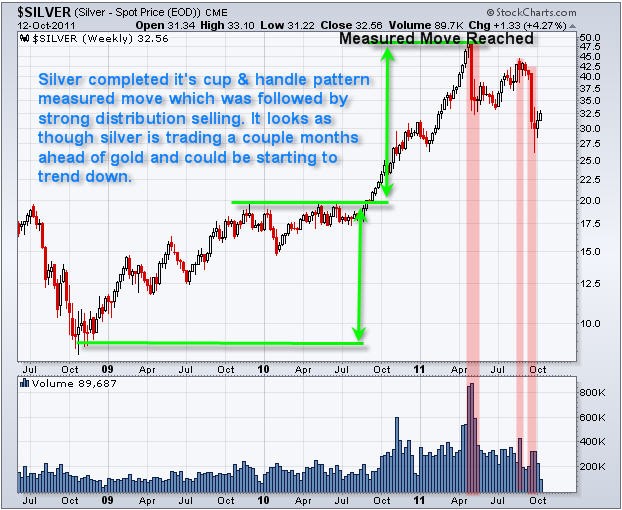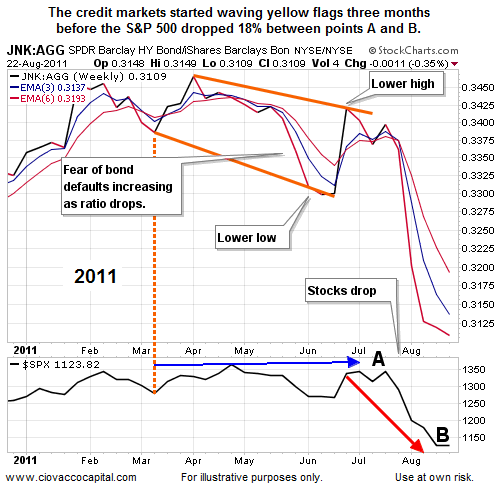Minimizing ETF Fees (SLV RSXJ)
Post on: 31 Май, 2015 No Comment

Exchange-traded funds (ETFs) have grown in popularity in recent years. They offer a good way for investors to buy a basket of stocks, bonds, commodities or whatever else the ETF is tracking. This might sound a lot like a mutual fund but ETF fees are lower than mutual fund fees. The average mutual fund charges 1.25%, while the average ETF comes with a net expense ratio of approximately 0.43%. Highly leveraged ETFs. however, will have significantly higher expense ratios, usually closer to around 1%. ETFs that track broad indexes, such as the Standard & Poor’s 500, often have much lower expense ratios. The net expense ratio is how much of a fund’s incurred costs it wants to pass on to the investor. It’s a tricky game for the fund because while it needs to cover costs, it doesn’t want to drive away potential investors. (For more, see: Mutual Fund or ETF: Which is Right for You? ).
There are other underlying factors you will need to know if you want to increase your odds of being a profitable ETF investor.
Liquidity Is Good and Bad
Usually if an investment is liquid it will be seen as a hands down positive. This makes sense because it allows you to move your money in and out of the investment if necessary. This isn’t just for trading purposes but if an emergency arises and you need access to capital. The negative side of being liquid in an ETF, especially a leveraged ETF, is that you might be tempted to trade often. (For more, see: Introduction to Leveraged ETFs ).
Loading the player.
If you choose to take this route, you would need to be extremely accurate at predicting market moves. This is very difficult since the market can stay irrational longer than you can stay solvent. As you execute these trades, you pile up trading fees. This makes it difficult to be profitable. Being able to time the market so well that you overcome trading fees is highly unlikely to be sustainable.
The dilemma is that buying and holding an ETF can also be a problem but only if you’re investing in an ETF with a high expense ratio. This will continuously eat into your profits.
Fortunately, there’s a simple solution: only invest in ETFs with low expense ratios. Staying below the average ETF expense ratio of 0.43% is a good start and there are ETFs with considerably lower expense ratios.
Bid-Ask Spread

Another important factor pertaining to ETF investing and avoiding unnecessary fees is to only invest in ETFs with high volume. When an ETF trades millions of shares per day, the bid -ask spread is going to be tight which is a positive. It means you won’t be overpaying too much – as long as you use a limit order as opposed to a market order. (For more, see: What are the determinants of a stock’s bid-ask spread? ).
For example, the iShares Silver Trust (SLV ) is currently trading at $17.14 and 8 million shares have already been traded on the day (two hours prior to close). The bid is $17.13 and the ask is $17.14. Very fair.
On the other hand, the Market Vectors Russia Small-Cap ETF (RSXJ ) is trading at $19.10 and only 10,713 shares have been traded so far that day. The bid is $19.10 and the ask is $19.18. You wouldn’t want to pay $19.18 for something that costs $19.10. Remember to pay attention to the bid-ask spread.
The Bottom Line
In order to avoid excess and unnecessary fees when investing in an ETF, be sure to look for a low expense ratio, avoid active trading, seek high volume and a tight bid-ask spread. Taking these simple steps has the potential to save you a lot of capital. (For more, see: Using ETFs to Build a Cost-Effective Portfolio ).
Dan Moskowitz does not have any positions in SLV or RSXJ.














